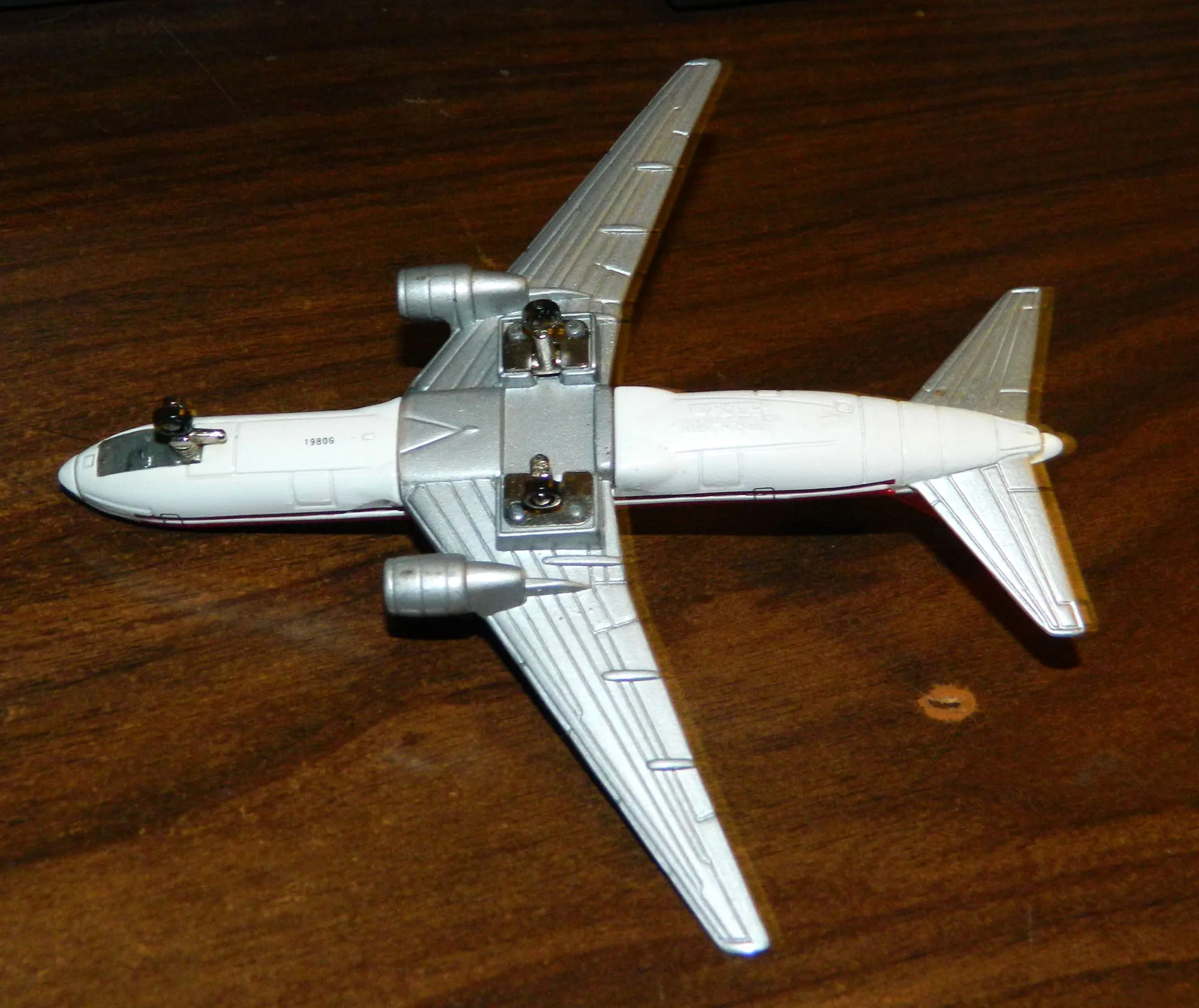What are Diecast Model Airplanes?
Diecast model airplanes are miniature replicas of real-world aircraft, meticulously crafted using a die-casting process. This involves injecting molten metal, typically zinc alloys, into molds to create highly detailed and durable models. These models are prized by collectors and enthusiasts of all ages for their realism, accuracy, and the nostalgia they evoke. They capture the essence of aviation history, from iconic commercial airliners to legendary military fighters, offering a tangible connection to the world of flight. The level of detail in modern diecast models is often astounding, with intricate paint schemes, realistic markings, and finely replicated features, making them a captivating hobby and a unique way to appreciate the beauty and engineering of airplanes.
The History of Diecast Airplanes
The history of diecast model airplanes mirrors the evolution of aviation itself. Die-casting technology emerged in the early 20th century, initially used for producing small toys and novelties. As aviation advanced, so did the interest in creating accurate miniature representations of aircraft. Early diecast models were relatively simple, but as the technology improved, so did the detail and realism. The post-World War II era saw a surge in the popularity of model collecting, with manufacturers producing a wider variety of aircraft models. Over the years, the quality of diecast models has consistently improved, with manufacturers striving for ever-greater accuracy and detail, resulting in the highly collectible and sophisticated models available today. This evolution reflects not only advancements in manufacturing but also the enduring fascination with flight and the desire to preserve aviation history in miniature form.
Popular Scales for Diecast Model Airplanes
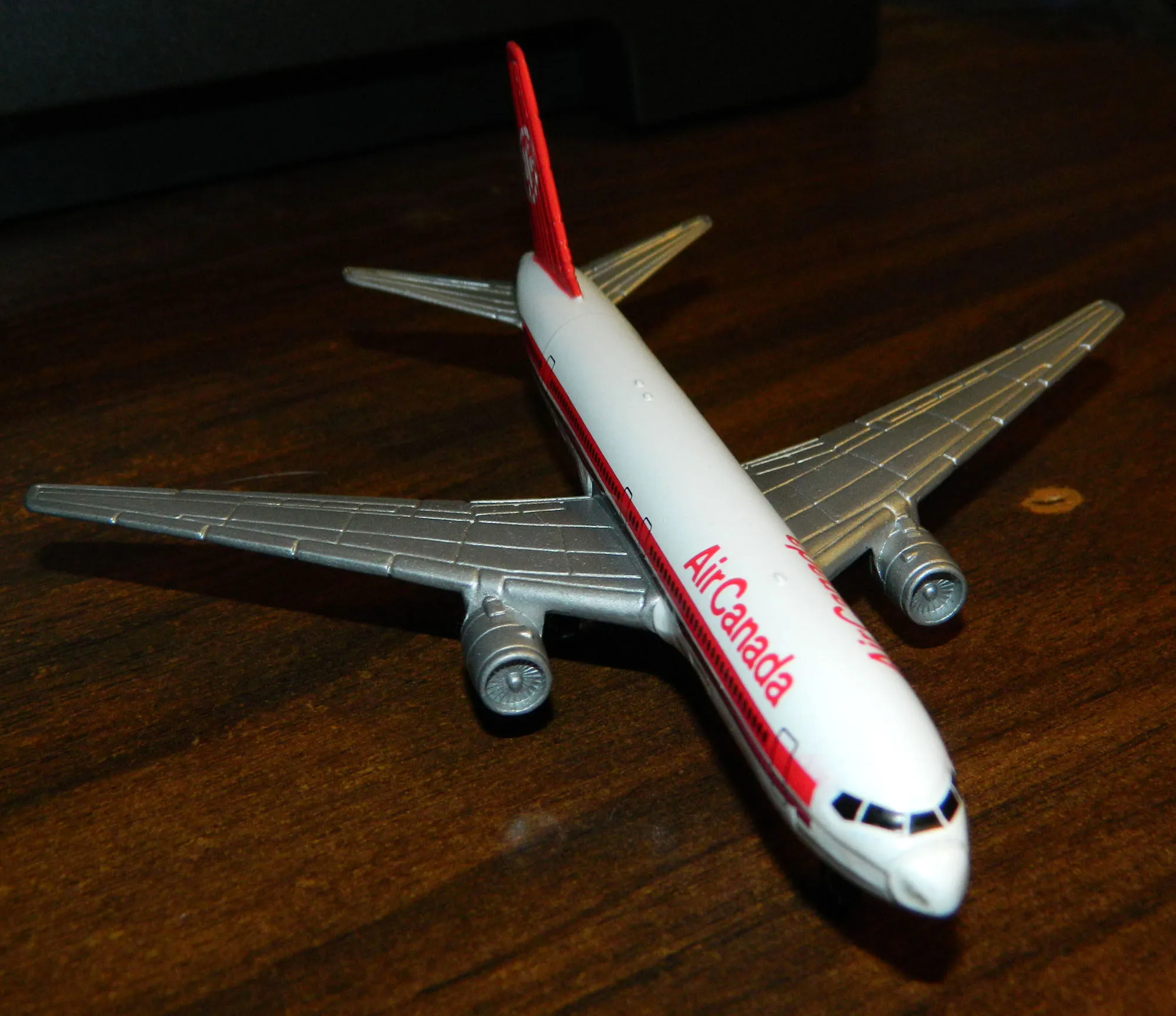
Diecast model airplanes are available in a range of scales, each offering a different balance of detail and size. The scale represents the ratio between the model’s dimensions and the actual aircraft’s dimensions. Common scales include 1:72, 1:200, and 1:400, among others. The choice of scale often depends on personal preference, available display space, and the level of detail desired. Larger scales, like 1:72, allow for more intricate detailing but require more space to display. Smaller scales, such as 1:400, are more compact and suitable for large collections but may have less intricate detailing. Collectors often specialize in a particular scale to maintain consistency within their collection, while others enjoy the variety of different scales.
1:72 Scale
The 1:72 scale is a popular choice for military aircraft models. This scale offers a good balance between detail and size, allowing for intricate features while still being manageable to display. Many iconic fighter jets, bombers, and transport aircraft are available in 1:72 scale. The detail in these models allows enthusiasts to appreciate the nuances of aircraft design, from the cockpit instruments to the external armaments. The 1:72 scale is also commonly used for model kits, providing collectors with the option to assemble and paint their own models. This scale provides a fantastic opportunity to explore the world of military aviation history and admire the craftsmanship of model makers.
1:200 Scale
The 1:200 scale is particularly popular for commercial airliners. This scale allows for detailed representations of large aircraft while still being relatively compact. Models in this scale often feature accurate liveries, detailed engine designs, and realistic landing gear. Collectors of 1:200 scale models can create impressive displays of airline fleets, showcasing a variety of aircraft from different airlines around the world. The size is ideal for those who want to build comprehensive collections without requiring excessive display space. Many manufacturers focus on this scale, providing a wide selection of aircraft types and airline liveries to cater to collectors’ varied interests.
1:400 Scale
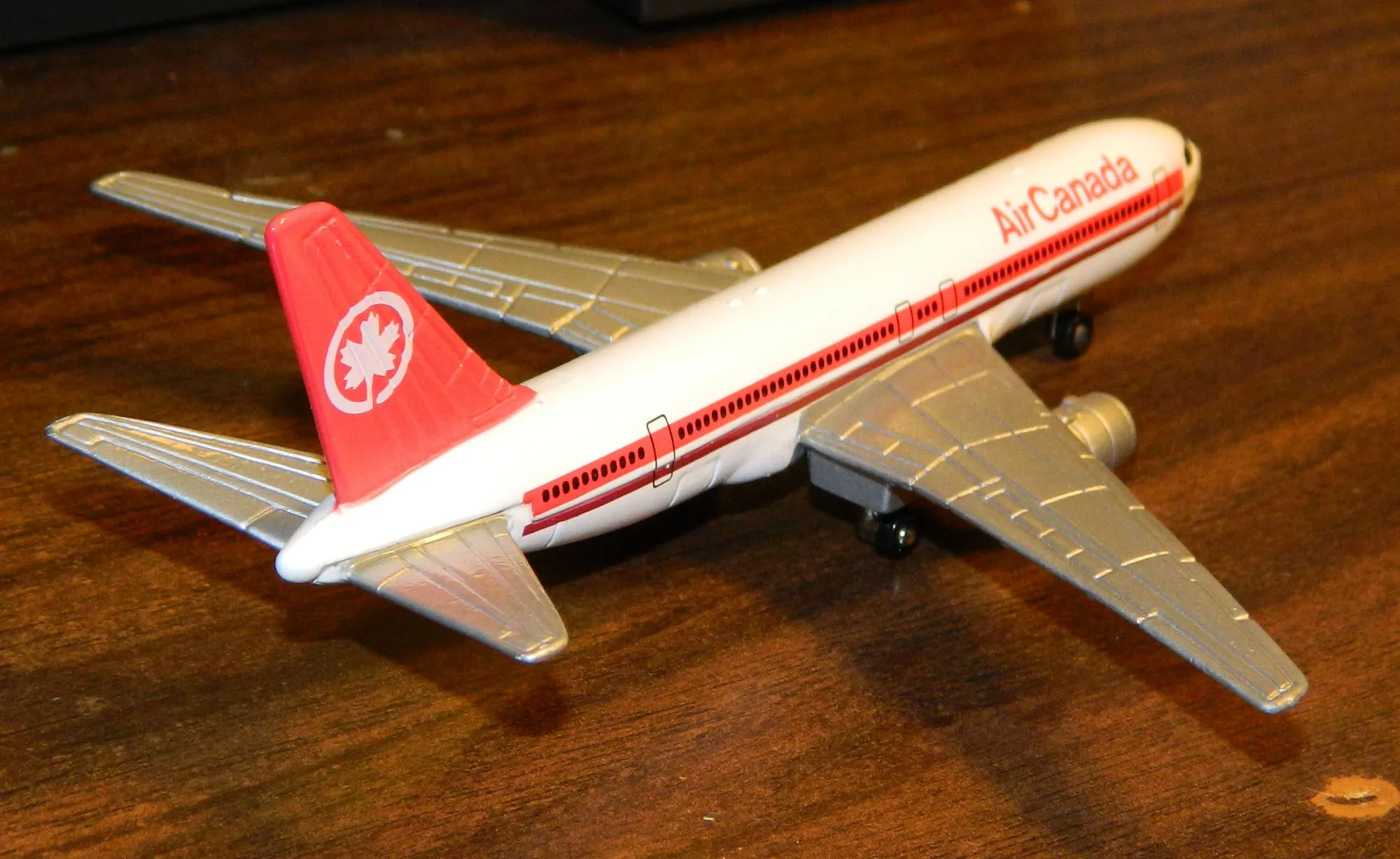
The 1:400 scale is an excellent option for collectors with limited space or those who prefer to build extensive collections. This scale offers a compact size while still providing a good level of detail. Many modern airliners and military aircraft are available in 1:400 scale, and collectors can amass impressive fleets without needing vast display areas. The smaller size also makes them ideal for dioramas and airport layouts. Despite the smaller size, manufacturers strive for accuracy, often including fine details like antennas, and registration markings. This scale is great for collectors who are passionate about building large and diverse collections.
Key Features to Look for in Diecast Models
When selecting diecast model airplanes, several key features contribute to their overall quality and collectibility. These features determine the realism and value of the model. Paying attention to these aspects can help ensure you’re investing in high-quality replicas that you will enjoy for years to come.
Material and Construction
The material and construction quality significantly impact the durability and appearance of a diecast model. High-quality models are typically made from a durable zinc alloy, ensuring that the model can withstand handling and remain intact. The construction should be precise, with well-fitted parts and a smooth finish. Check for any visible gaps or imperfections in the model’s structure, which can detract from its overall appeal. Solid construction is also crucial for maintaining the model’s structural integrity, especially if you plan to display your models. The way the components are assembled can determine the longevity of the model, ensuring that it lasts for years.
Detailed Paint and Markings
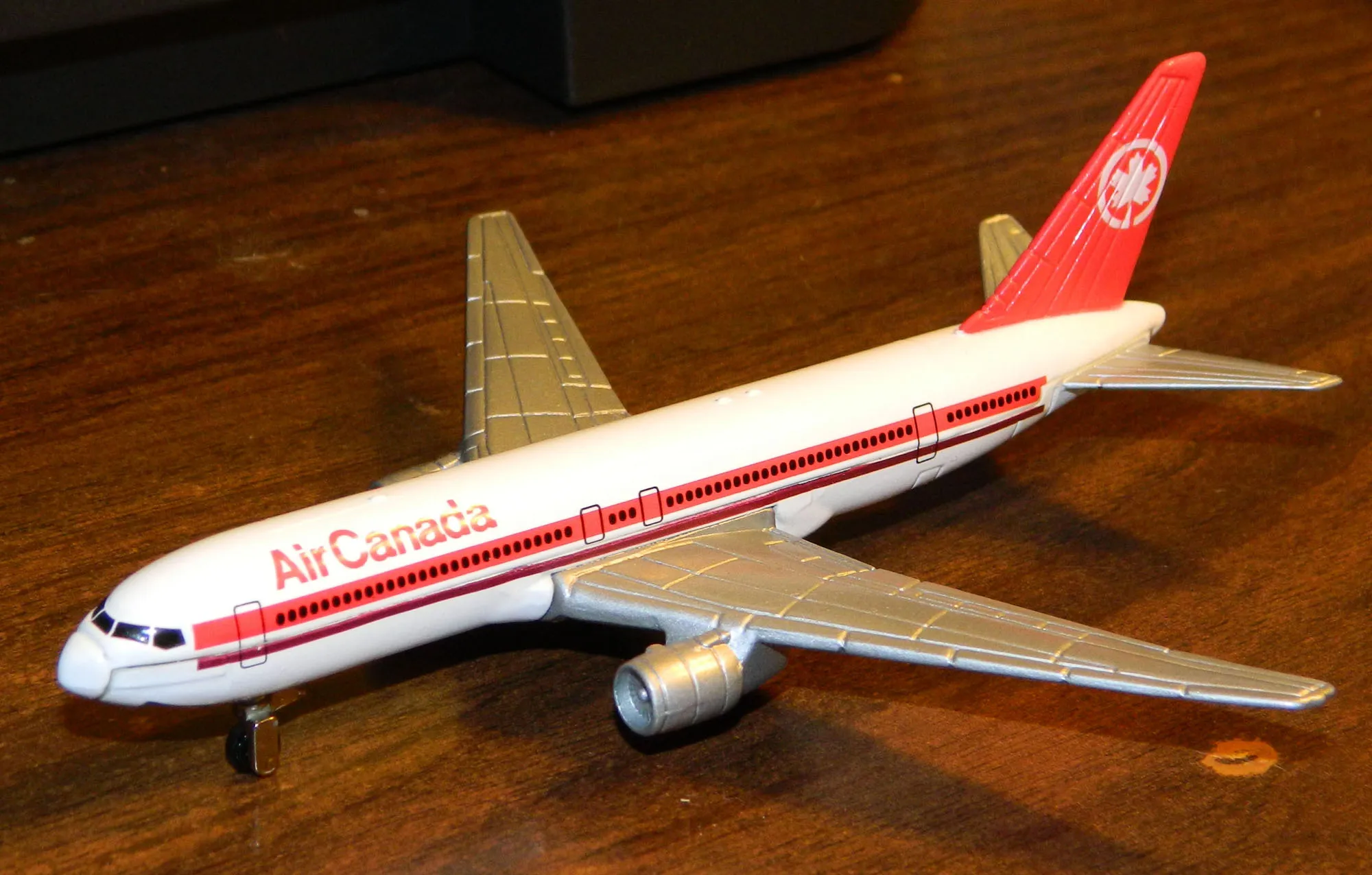
Detailed paint and markings are vital for realism. High-quality diecast models feature accurate paint schemes, with precise color matching and smooth application. Markings, such as logos, registration numbers, and stencils, should be clear, crisp, and correctly positioned. Look for models with detailed weathering effects, such as panel lines and shading, to enhance the visual authenticity. The quality of the paint and markings directly affects the overall appearance of the model and its ability to capture the essence of the real aircraft. Meticulous attention to detail in these areas can significantly increase the collectibility of a diecast model. In addition, the painting quality can affect the price.
Authenticity and Accuracy
Authenticity and accuracy are the hallmarks of a great diecast model. Look for models that accurately replicate the specific aircraft they represent, with attention to detail in all areas, from the shape of the fuselage to the design of the wings and tail. Research the aircraft you are interested in and compare the model to photographs and specifications of the real aircraft. Ensure the model accurately portrays the specific version or variant of the aircraft. Authentic models also incorporate correct markings, including accurate fonts and placements. Checking reviews and comparing models with reliable sources can help confirm the model’s authenticity and increase its appeal to discerning collectors.
Where to Buy Diecast Model Airplanes in Canada
For Canadian collectors, finding diecast model airplanes is an exciting adventure. There are several avenues for purchasing these miniature marvels, each offering a unique shopping experience. From online marketplaces to specialized hobby shops, collectors have many options to explore. Understanding these resources can help you build your collection. Whether you are a seasoned collector or new to the hobby, there are numerous places to discover your next model.
Online Retailers
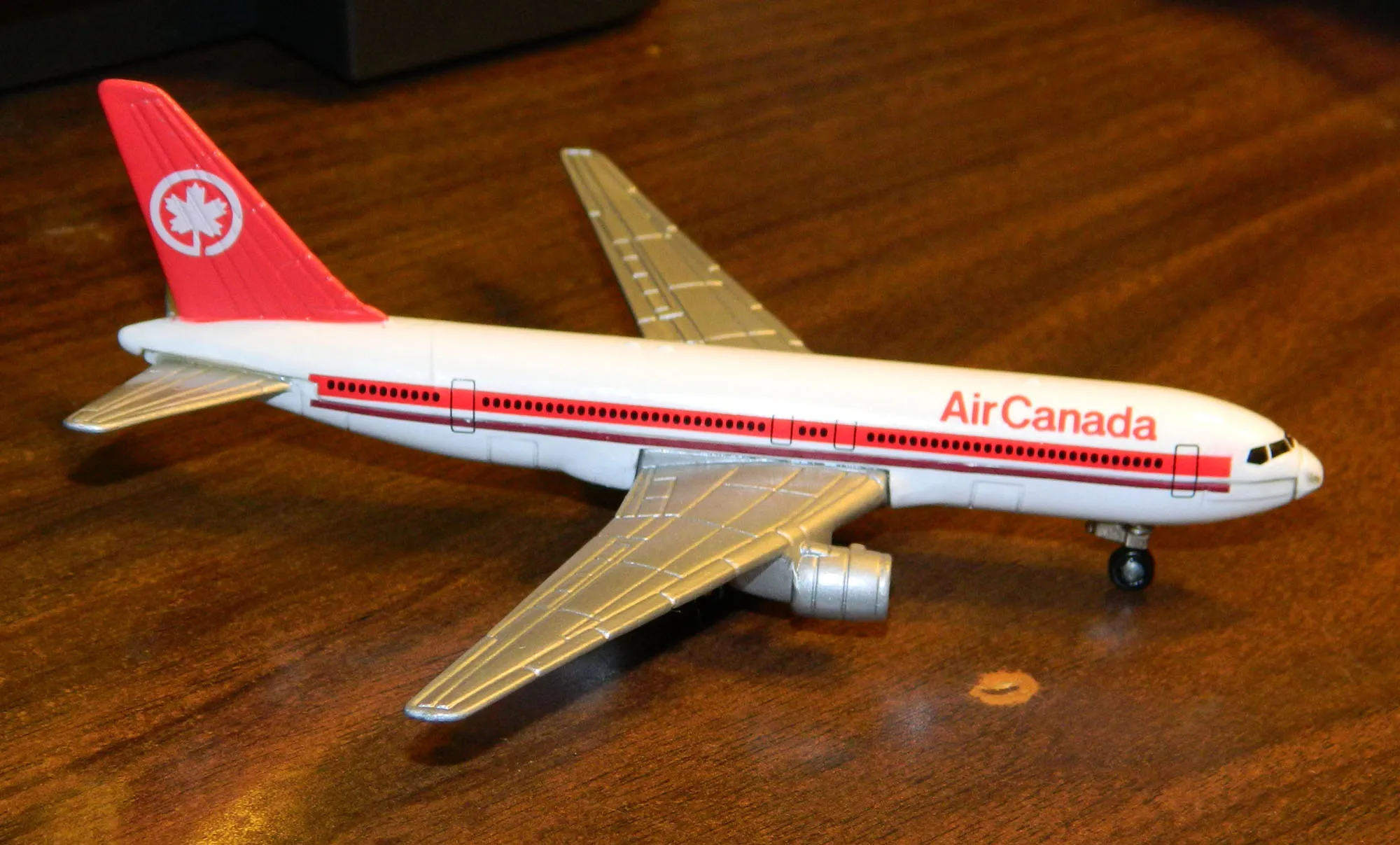
Online retailers offer the convenience of browsing and purchasing diecast model airplanes from the comfort of your home. Popular online marketplaces, such as Amazon and eBay, provide a vast selection of models from various manufacturers and sellers. Specialty online stores, like those dedicated to model airplanes or hobby supplies, often offer a more curated selection and specialized knowledge. Before making a purchase, compare prices, shipping costs, and seller ratings to ensure a satisfactory transaction. Many online retailers offer detailed product descriptions and high-quality photos, allowing you to inspect the model before purchasing. The online environment offers a convenient and comprehensive platform for building your collection.
Specialty Hobby Shops
Specialty hobby shops provide a hands-on experience for collectors. These shops often have knowledgeable staff who can offer expert advice and help you find the perfect model. Visiting a hobby shop lets you examine models up close, allowing you to assess their quality and details. Many specialty shops also host model airplane events and collector meetings, providing a great chance to connect with other enthusiasts. You may find rare or hard-to-find models not available online. Hobby shops are a valuable resource for collectors seeking specialized products, expert guidance, and a sense of community within the hobby.
Collecting Diecast Model Airplanes Tips
Building a diecast model airplane collection is a rewarding hobby. Whether you’re interested in commercial airliners, military aircraft, or historic planes, you must approach the hobby with some planning. Starting with a strategy, organizing your collection, and caring for your models will help you create a great collection.
Starting Your Collection
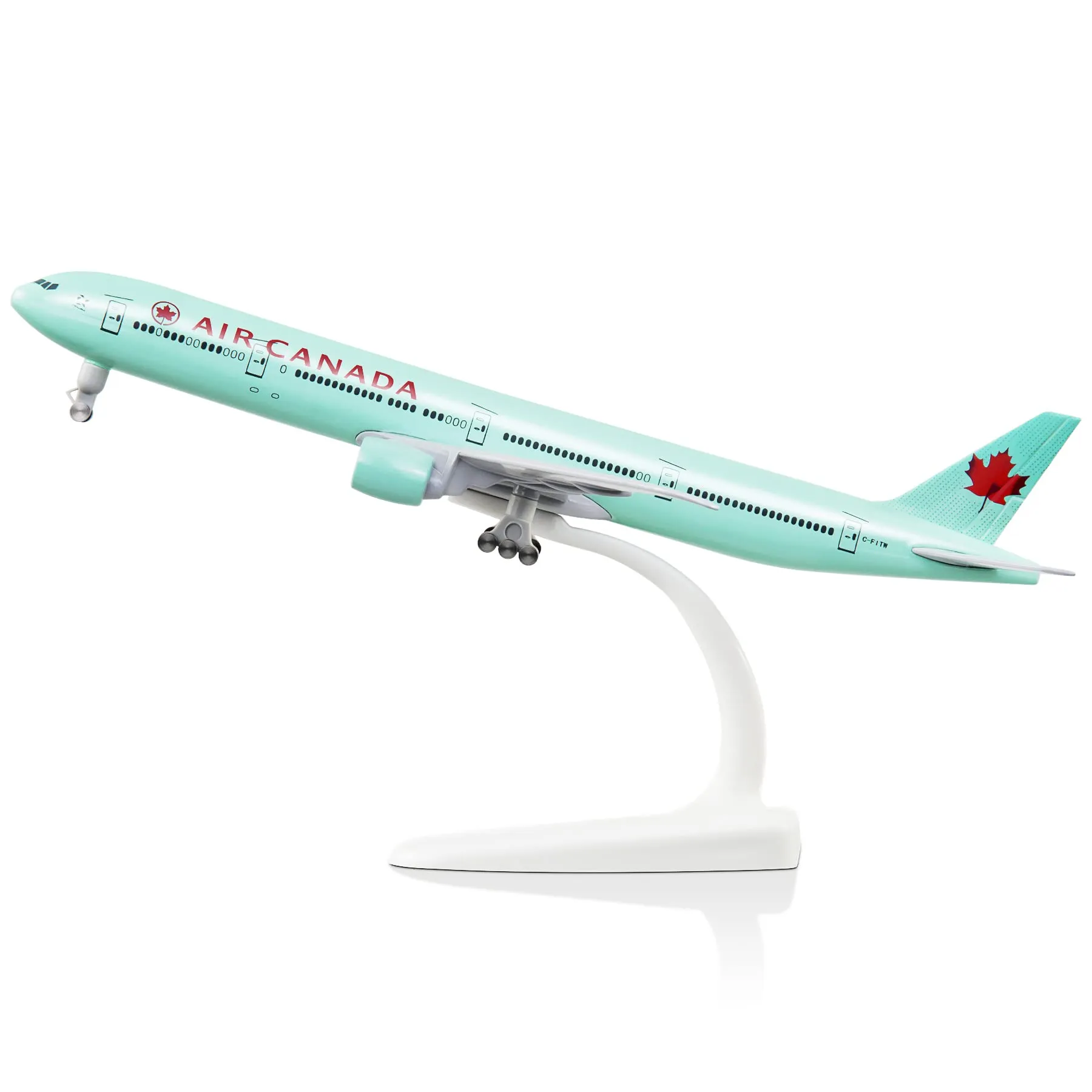
The first step in building a diecast model airplane collection is deciding what type of aircraft interests you the most. Consider your personal interests, whether it’s a particular airline, a specific era of aviation history, or a certain type of aircraft. Once you’ve identified your focus, research and familiarize yourself with the models available. Set a budget and prioritize the models you want to acquire. Starting with a focused approach will make your collection more cohesive and enjoyable. Over time, you can expand your collection to include models that are outside your initial focus, always keeping in mind your budget and space.
Caring for Your Models
Proper care and maintenance are important for preserving your diecast model airplanes. Dusting regularly with a soft brush or cloth will keep your models clean and prevent dust buildup. Display your models in a location away from direct sunlight and extreme temperatures to prevent fading or damage. Consider using display cases to protect your models from dust and accidental damage. Handle your models with care, avoiding excessive force or pressure. By following these simple steps, you can ensure that your diecast model airplane collection remains in excellent condition for years to come. The care and preservation are just as important as the collection itself.
In conclusion, diecast model airplanes are more than just toys; they are miniature works of art that capture the spirit and history of aviation. By understanding the key features, researching your purchases, and taking good care of your models, you can build a collection that is both enjoyable and valuable. Whether you are a seasoned collector or just starting, the world of diecast model airplanes offers a rewarding hobby filled with detail, history, and a passion for flight. Enjoy the journey of collecting these fascinating models, and continue to discover the wonders of the world of aviation in miniature form.
